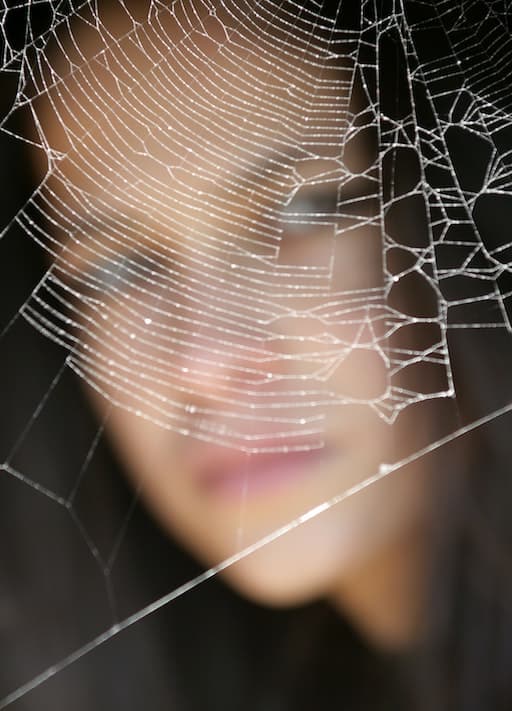Autumn Spiders
Autumn is spider season. It’s the best time to see spider’s webs outdoors. Autumn dew and mists make them easy to spot. If there’s no dew you can spray a fine mist of water to make the details of the web stand out . It won’t harm the spider or the web. But make sure you use a clean bottle with no traces of chemicals.
Spiders tend to be fully grown by autumn and they’re on the hunt for a mate, so we are more likely to see them. In fact this is the time we are likely to have lots of them in our houses-nice warm dry places to look for a mate!
Watch this epic autumn house spider adventure from Autumnwatch! Will our spider survive?
Learn more by watching BBC's An Epic House Spider Adventure.
Many lay their eggs in autumn in a silk sac usually hidden in a web, and stick them to a surface, or the female carries them. They produce lots of egg sacs as most won’t survive winter. Once the spiderlings hatch they spend the winter in their egg sacs to keep warm.
Some spiders can be found trying to hibernate in piles of rocks or leaves. Others can be found in warm places like garages, sheds or attics where they can be active and prey on hibernating insects.
Here’s more about spiders and their webs Spider webs: not just for Halloween.
Garden snails usually hibernate over winter.
Wiggly earthworms love autumn as it’s dark and moist. They’re busy munching all the great stuff to eat-the fallen leaves and debris. But in late autumn when it gets cold, down they go into the soil to get away from frost.
Jock Says: It’s not surprising that with all these autumnal changes happening to minibeasts, creatures that eat them like birds, frogs, toads and bats have to change what they eat, or hibernate.

This is part of the Autumn Minibeasts information.